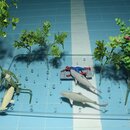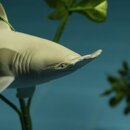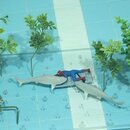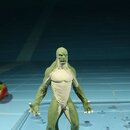junkyard_dawg
Contributor
I'm just getting into underwater photography and wanted to go ahead and grab some arms for a light or strobe.
I know Ultralight is the name brand arm mfg. But I see alot of other mfgs....more so than the ULCS. What is the best place to order/configure the arms? backscatter seems to carry a good bit of arms is that the best bet?
I guess trial and error on length of arms and if you need floats?
Thanks
Should've mentioned....this is for a compact with tray so nothing extreme yet. I'm working my way up.
I know Ultralight is the name brand arm mfg. But I see alot of other mfgs....more so than the ULCS. What is the best place to order/configure the arms? backscatter seems to carry a good bit of arms is that the best bet?
I guess trial and error on length of arms and if you need floats?
Thanks
Should've mentioned....this is for a compact with tray so nothing extreme yet. I'm working my way up.








